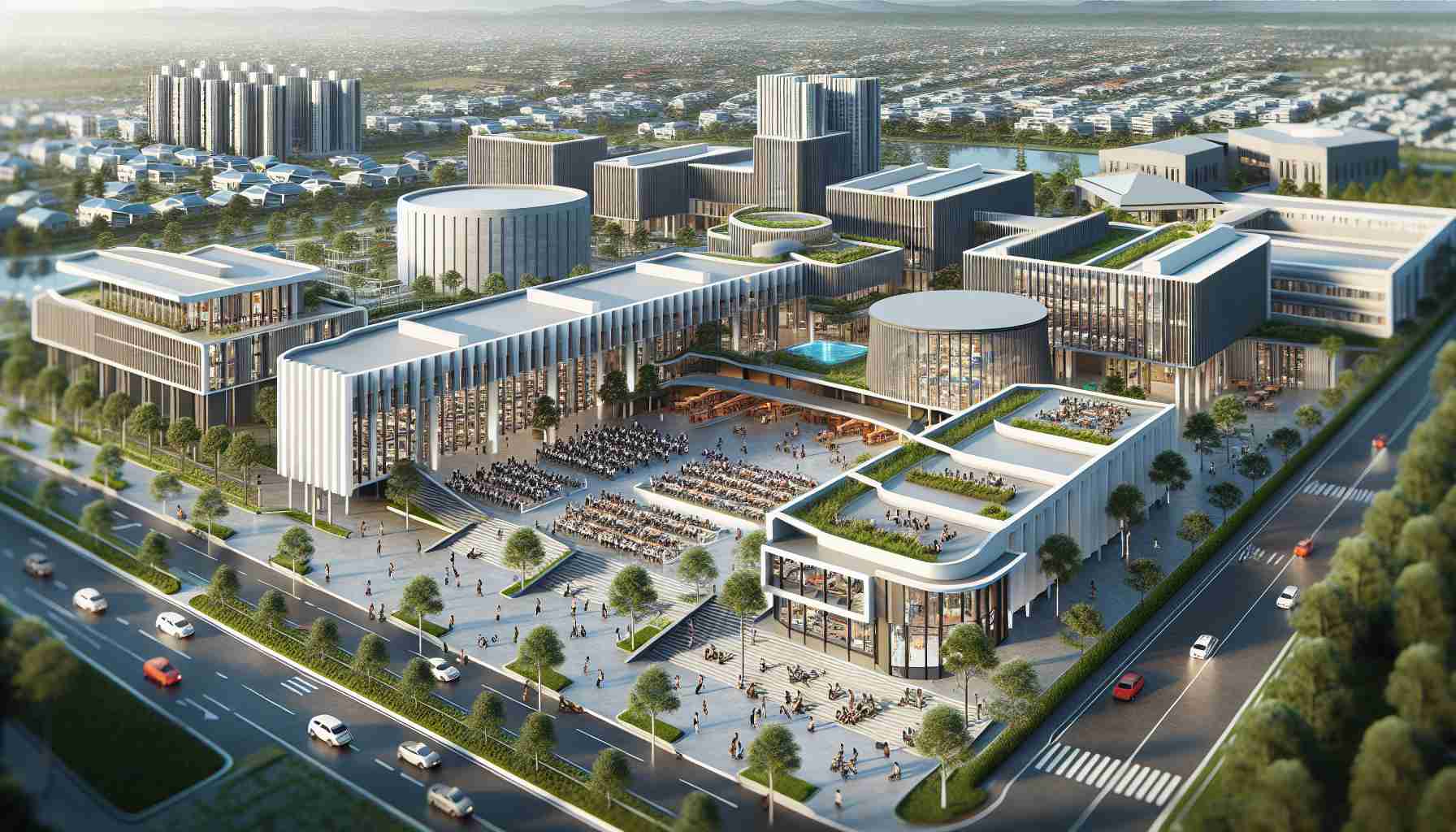A State-of-the-Art Learning Environment offers a cutting-edge experience for aspiring Native American healthcare professionals. The recent relocation of Indians Into Medicine (INMED) to a vibrant second-floor venue within the School of Medicine and Health Sciences at UND has sparked a wave of enthusiasm among students and faculty.
Fostering a Strong Sense of Community among Indigenous medical students, the revamped space aims to mirror the supportive atmosphere of previous facilities. Dr. Daniel Henry, INMED Director, reminisces about the previous location’s role as a sanctuary for homesick students, providing a welcoming environment with open doors and friendly faces.
Empowering Student Engagement is a top priority in the new setup, characterized by ample natural light, comfortable seating areas, and dedicated spaces for ceremonies like smudging. The inclusion of traditional practices within the educational environment highlights a commitment to holistic student well-being and cultural integration.
Enhanced Collaboration Opportunities at the reimagined INMED space signify a pivotal moment in the program’s evolution. By uniting students in a modern, well-equipped setting, the initiative paves the way for a new era of academic success and personal growth.
Supporting Indigenous Talent through innovative infrastructure reflects a forward-thinking approach to higher education, underscoring the importance of creating inclusive spaces that empower and inspire the next generation of Native healthcare leaders.
Expanding Academic Horizons for Indigenous Students
As the push for modernized facilities to serve Indigenous students gains momentum, one crucial question arises: How can these upgraded spaces ensure equal access to educational opportunities for Indigenous communities? The answer lies in not just providing state-of-the-art amenities but also integrating culturally relevant practices and support systems that cater to the specific needs of Indigenous learners.
Key challenges associated with this endeavor include navigating funding constraints to sustain these modernized facilities in the long term and addressing any resistance or pushback from traditionalists who may question the incorporation of Indigenous cultural elements into academic settings. Moreover, ensuring the appropriate representation of diverse Indigenous perspectives and traditions in these spaces presents a significant challenge that requires thoughtful consideration.
One advantage of modernized facilities for Indigenous students is the potential to close the educational gap by offering resources and support tailored to their cultural identity, ultimately contributing to higher retention and graduation rates. Additionally, these facilities can serve as hubs for community engagement and collaboration, fostering a sense of belonging and pride among Indigenous students.
However, a potential disadvantage could be the risk of essentializing Indigenous identities by reducing them to simplistic cultural symbols or practices within the academic environment. Balancing the preservation of cultural heritage with the promotion of academic excellence poses a complex challenge that institutions must navigate sensitively.
In navigating these complexities, it is essential to prioritize partnerships with Indigenous communities and leaders to co-create and maintain these modernized spaces in ways that are truly empowering and respectful. By centering Indigenous voices and perspectives in the design and implementation of these facilities, institutions can ensure that they are not just symbols of progress but genuine catalysts for academic and cultural revitalization.
For more information on initiatives supporting Indigenous students in higher education, visit Higher Education.
